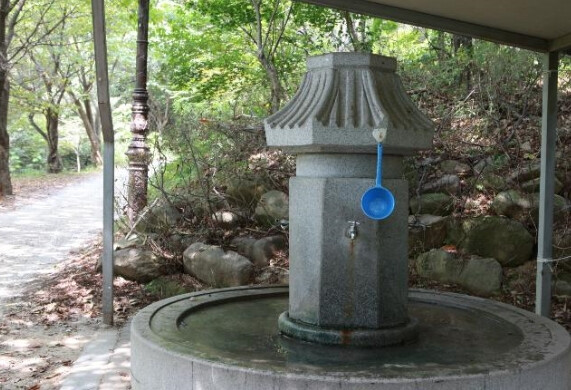
With a population of 330,000 still relying on groundwater, a significant portion of it has either never been tested for quality or is deemed unsuitable for drinking.
According to the "Safe Groundwater Quality Survey in Areas Without Water Supply" report from the National Institute of Environmental Research, submitted by the Ministry of Environment to Rep. Park Hong-bae of the Democratic Party of Korea, a member of the National Assembly's Environment and Labor Committee, 61.9% (1,237 samples) of the 2,000 groundwater samples collected and tested last year were found to be unsuitable for drinking. The samples were collected from 2,000 wells selected based on local government demand surveys and applications received through the Safe Groundwater Call Center.
The most common exceedance of standards was for total coliforms, followed by general bacteria (mesophilic), fecal coliforms, turbidity, and E. coli. There were also 30 locations where uranium levels exceeded the standard, primarily in wells located in igneous or metamorphic rock areas.
Additionally, volatile organic compounds (VOCs), which had not been detected in previous surveys, were found in some wells. It is suspected that these VOCs leached from buried waste upstream of these wells, where large amounts of waste had been disposed of in the past. Among the wells surveyed, 72.4% were permitted, while 1.8% were unpermitted, and the permit status of 25.9% was unknown.
Furthermore, 17.7% (283 out of 1,597) of groundwater users had never had their water quality tested. Even among those who had, 49.5% (791 locations) had only been tested once, which was the most common response. Although regulations mandate water quality testing every two years for groundwater used for drinking, the compliance rate for water quality testing from 2015 to 2019 was extremely low, peaking at only 3.8%.
As of 2023, the national water supply coverage rate is 97.9%, meaning that only 2% of the total population nationwide does not receive tap water from regional or metropolitan water supplies. However, at the basic local government level, there are still about 80 cities and counties where more than 5% of the population lacks access to piped water. It is estimated that approximately 330,000 people do not receive tap water, and many of them use groundwater for domestic purposes.
According to the National Groundwater Information Center, 48% of the 1,774,924 groundwater wells nationwide in 2022 were used for domestic purposes. The Ministry of Environment also conducts water quality tests on about 2,000 groundwater sources used for drinking every year, considering the high usage of groundwater for domestic purposes. Over the past three years, an average of 55.7% of the groundwater tested by the Ministry of Environment was deemed unsuitable for drinking.
When well owners were asked why they use groundwater for drinking, 74.9% responded, "because there is no tap water," and only 48.7% were satisfied with groundwater as drinking water. Among well owners who had not had their water quality tested, the most common reasons given were "lack of awareness" (46.9%) and "high cost" (28.3%).
Rep. Park Hong-bae stated, "Since a significant number of people still use groundwater for domestic purposes, the authorities must devise and actively implement measures to make water quality testing more accessible and affordable."
[Copyright (c) Global Economic Times. All Rights Reserved.]





























